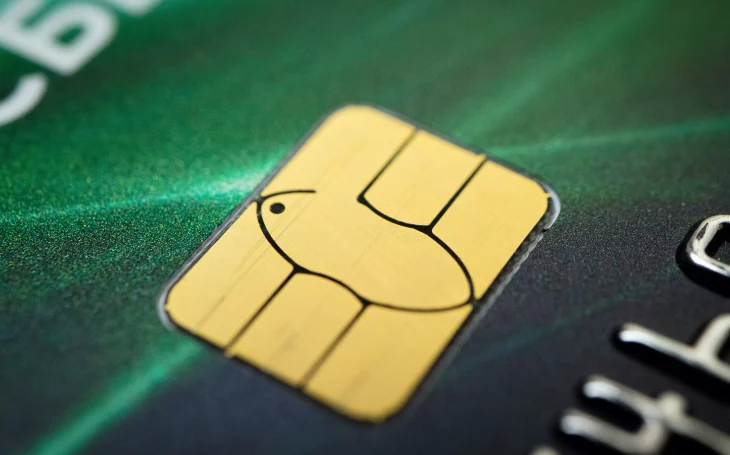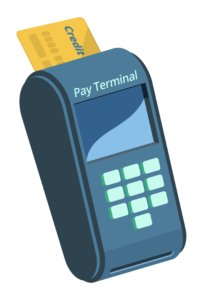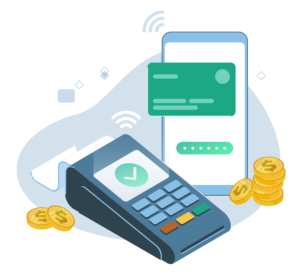


Table of Contents
What Are P-Cards?
P-cards go by many names, such as Purchasing Cards, Procurement Cards, ProCards, or Payment Cards, yet whatever you or your company calls them, P-cards offer the same arrangements and benefits. P-cards are issued to individual employees or departments to make work-related purchases on behalf of their employer without going through conventional purchasing processes. The employee is not responsible for the purchased amount, instead, it is attached to the company’s account, as the company is the cardholder.
Difference Between a P-Card and Corporate Card
Although they perform similar tasks, purchasing cards and corporate credit cards aren’t the same. The key difference between p-cards and corporate cards is that p-cards operate much more like debit cards than credit cards. Companies must pay off the balance on their p-cards every billing cycle, and the cards are usually attached to a corporate bank account. Because of this, p-cards are usually reserved for smaller purchases that don’t need to be paid off over a long-term schedule. Corporate cards, on the other hand, act much more like traditional credit cards. Purchases can be much larger because companies can pay them off over multiple billing cycles.
How Can Merchants Accept P-Card Payments?

Benefits of P-Cards for Cardholders
P-cards are distributed by the employer to the designated employee for a variety of reasons, such as:
- Office managers purchasing office supplies
- Salespeople during events and conferences
- Fleet cards for fuel and repairs
- Travel and entertainment (T&E) expenses for employees and clients
Companies of many different sizes and in a wide variety of industries use p-cards because they offer significant value for both the employer and employees. Keep reading for five insights on why p-cards are a valuable addition to businesses.
Benefit #1: Lower Transaction Costs
While processing using the traditional procure-to-pay method, the transaction costs averaged between $50-$200 per transaction. Not only do these costs add up quickly when there are multiple transactions processed per week or month, oftentimes the single transaction costs can outweigh the actual cost of the purchased item.
For example, if the office manager needs to purchase a new keyboard or whiteboard markers for the office, it’s a relatively inexpensive purchase. Yet, the transaction fee can ultimately cost more than the actual item purchased. According to the NAPCP, using a P-card has a typical savings of $63 per transaction. Over numerous transaction processes each year, that is a tremendous amount of money saved just by simply using P-cards.
Benefit #2: Increased Cashflow
Using p-cards instead of traditional payment methods also streamlines the transactions process. The employee can make purchases directly from the supplier which not only improves internal processes, but also adds efficiencies to the transaction for the supplier. Why? Because they don’t need to wait for invoices to be completed. Instead, the payment is instantaneous and the supplier can quickly process and provide the purchase.
Benefit #3: Improved Day-to-Day Efficiencies
Since it doesn’t require forms to be completed, submitted, and then approved before a transaction can be made, p-cards shorten the time between needing the product, making the purchase, and receiving the item. This also saves the manual time employees spend completing these tasks which allocates more time back into their daily productivity. This increased capacity can lead to new efficiencies appearing. You might even find additional cost-saving opportunities in your merchant account.
Benefit #4: Easy Spending Management
A p-card enables the employer to predetermine a spending limit for each card to control how much the employee or department can spend. It safeguards the employer to ensure the card is not overused and instead stays within budget. Furthermore, the purchases for each card can be checked and reviewed by the employer so they are able to understand how the money is being spent.
Benefit #5: Easy to Track Purchases
In addition to regulating the spending amount for each p-card, you can further track spending by different departments. A purchasing card can be associated with each department in order to manage and collect all purchases through a single card. Furthermore, your company can use a different merchant category code for different departments to restrict unnecessary purchases.

Benefits of Accepting P-Cards
While the above section discusses why your business should use p-cards to manage and track internal spending, the next step is to discuss the benefits of your business accepting p-cards.
Since p-cards are issued by the business, the card itself has more attached data fields. For example, personal debit or credit cards have very few data fields that can be collected during a transaction simply because there’s not that much information attached to the card. A personal card processed as a B2C transaction, called Level 1 processing, has significantly less data that can be collected by the business, such as credit card number, expiration date, billing address, and zip code. In comparison, a p-card processed as a B2B transaction, called Level 3 process, is able to collect all the additional data fields the card has available, such as freight amount, duty amount, product/service ID, product/service description, quantity, item amount, unit of measure, etc.
Since a p-card has the capabilities to be processed as a Level 3 B2B transaction then it increases the amount of information the business can collect which ultimately lowers your payment processing fees. With more information, it equates to a lower risk. It is more difficult to be at risk for fraudulent activity when you know more about the cardholder, therefore the less risk associated with a transaction then the fewer fees attached.
Evolve Payment can maximize your payment processing to ensure each transaction is processed at the correct level. We will use integrations to guarantee that when your business accepts a p-card payment, it’s automatically processed at Level 3 because the system will immediately collect the necessary data fields from the card during the transaction. Evolve Payment supports the processing automation of payments that recognizes and responds appropriately to each transaction that will negate unnecessary fees and save your company a significant amount of money.
Many businesses are not processing p-cards correctly, therefore causing the business to pay high fees that otherwise could be eliminated if they processed p-cards at the correct level. This is especially important now because of rampant inflation – every little bit of assistance to your bottom line can help. Is your business payment processing systems set up to process p-cards at the optimal level?
Get Your Free Merchant Processing Evaluation
Get in touch with Evolve Payment to receive a free evaluation of your merchant processing statements for a personalized quote comparing the current true net effective rate with our proposed net effective rate.
